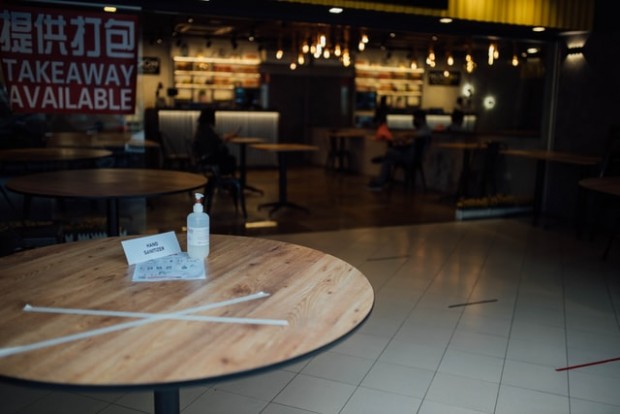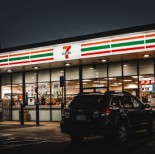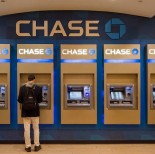For restauranteurs across the world, it's been a historic and momentous year and a half. Looking back in 20 years from now, some will wonder how they even made it through the global pandemic. But when it comes to foodservice businesses staying afloat as COVID-19 ravaged the globe, the key seems to boil down to one word: adaptability.
The global pandemic saw restaurant owners restructuring the way they operated, sometimes from the ground up. Seemingly critical service components were cast aside in favor of practical solutions that fit the times in which they were conceived. Restaurants making these changes benefited from proactive troubleshooting, while many that simply closed up shop never reopened.
With this in mind, let's take a look at five ways the COVID-19 pandemic changed the way restaurants operate:
Expanded health and safety protocols
From requiring face masks to keeping tables six feet apart, restaurants had to make several drastic changes to the customer experience. But the mandates didn't stop there; eateries also had to overhaul their kitchens to enforce new standards for health and hygiene. Given the existing concern for health and hygiene in the food and beverage industry, these adjustments were more like an enhancement of the existing health and hygiene protocols. Given the way infectious disease of the 20th century rewrote the book on restaurant cleanliness that never went away, these implementations are likely here to stay.
Contactless service upgrades
Restaurant service is a traditionally intimate experience, where servers interact with guests for the duration of the time spent enjoying food and drinks. But with the rise of COVID-19 came demand for contactless transactions. Restaurants with a contactless payment system for carryout and delivery were able to weather the storm better than those that lacked these innovative solutions. Given the rise in popularity of Apple Pay and other methods of contactless payment options independent of public health emergencies - most of which were unveiled before the pandemic - contactless payment options aren't going away anytime soon.
Stronger digital presence
While most restaurants had gotten their digital act together prior to the pandemic, others stubbornly resisted the push to go online. Nearly every restaurant that survived COVID-19 did so by utilizing their online presence, from using it to arrange for carryout orders to keeping customers updated on the latest health and safety measures. For many restaurateurs, the move to go digital was less a choice and more a necessity, one which will no doubt pay dividends in years to come.
Better pay for workers
In 2020, the restaurant industry lost nearly six million workers in a matter of weeks. A huge number have yet to return, creating a massive labor shortage across the United States. Under pressure to adequately staff their establishments, many restaurants have opted to raise their minimum wage by several dollars an hour. While critics will argue it's still not enough to ensure employees are paid a living wage - an amount that covers their cost of living - it's a significant victory for those who've felt underappreciated for decades.
More stability too
Find us a restaurant that offered employee benefits before the pandemic and we'll find you a leprechaun riding a unicorn on his way to the Fountain of Youth. Okay, they aren't that rare, but you get the picture. Even as restaurants struggle to hire staff, few are willing to go that far. For many, benefits are limited to management. However, as time goes on, expect to see more foodservice operations offer one or more perks including healthcare and sick pay. Given recent events, many restaurateurs are willing to consider health insurance and paid sick leave if it means finding people willing to show up and work.
Imagine going all-in on a foodservice venture - one of the riskiest businesses out there - only for a pandemic to hit six months later. Or picture yourself as the third-generation owner of a family-owned restaurant forced to completely rethink the way you've been doing business for over a century. Even franchises - one of the more secure ways to open a restaurant - struggled to survive during the darkest days of the pandemic. Those that remain are those that adapted. Such is the nature of business.




















